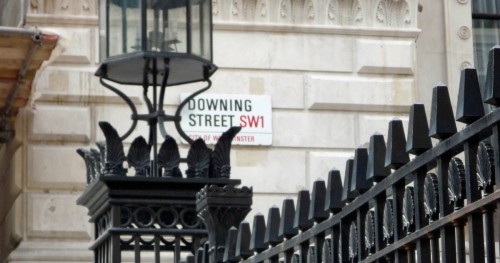Freelancers ask: how much should I charge?

3 min
110
0
0
Published on
Creative freelancers take pride knowing their take-home pay is theirs and no one else's: there's no employees to pay, overheads are limited and red tape is often minimal. But working alone means they have to be self-reliant. No HR or Finance department exists to calculate the daily or monthly rate for supplying their services. Visitors to the Freelance UK Forum, including veteran freelancers and their less established peers, are still posing the age-old question: 'How much should I charge?' To help, Freelance UK spoke to the Federation of Small Businesses. Speaking yesterday, Federation spokesman Matthew Knowles said it's vital freelancers don't rush into fixing a price at the first sign of business. When deciding how much to charge, it's a question of research, common sense, competition, profitability, project time and materials used. "Ask yourself some basic questions," Mr Knowles advised. "How much are competitors charging? Given the costs of materials and equipment can you beat or match that? "If not, what added value can you offer to highlight in your marketing? Are you focusing on a particular market or region? If so, make sure you're clued up so you can make the most of opportunities." Earlier this month, Paprika revealed up-front payment - known as a retainer - is still popular among PR, Design and Advertising agencies. But many client companies say they dislike the arrangement, and users of retainer arrangements must reassess their method of charging, 'for the long-term health of their business', the software firm warned. Reflecting yesterday, the FSB acknowledged that charging a retainer is more the territory of mid-sized agencies or consultancies, rather than lone freelancers. But there was some reassurance for these free agents. "Because it's tougher for freelancers to enter into retainer arrangements the quality and responsiveness of the freelancer's work will ensure repeat business that can work as an informal retainer anyway," the Federation said in a statement. "The key is to mark yourself out as different from the competition. Whether that is on price, quality of product or innovation is down to you and your expertise." In a message to creative freelancers, it added: "The goal of the business is to make a profit and you have to keep that in mind when setting your prices. If you can't beat certain competitors on price then quality of service and the personal touch to your clients will often make the difference." This week, one budding freelance asked The Independent: "Before I start my own business, could you explain how to calculate a 'day-rate' for my services as a web designer?" The paper's resident small business expert, Professor Russell Smith, issued a response that is valuable to all creative freelancers. "Start by calculating all of the costs associated with running your business, including your own salary[income], over one year. In order to make calculations easy, lets assume that total comes to £40,000," he advised. "To allow for holidays, reckon on a maximum of 200 working days in the year. A simple day rate can then be calculated by dividing your total costs by 200, which in this example comes out at £40,000/200 days or £200 pounds per day. "However this assumes that you will be fully employed every available day which is unlikely. It is better to cost on the assumption of being employed 80% of the days available. Hence 80% of 200 days would be 160 and so the day rate would be £40,000/160 or £250 per day. "Many new business owners make this mistake of undercharging for services and then struggle to meet costs."



Comment
Log in or create your account to react to the article.